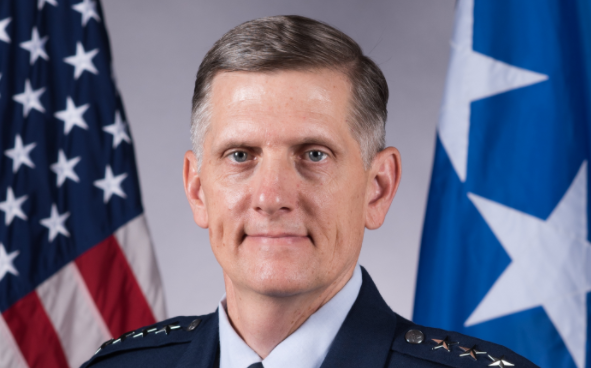
Credit: USAF
A top U.S. Air Force commander on April 1 said the Army’s plan to deploy ground-launched, hypersonic missiles in the Pacific theater is “stupid,” throwing gasoline on a largely behind-the-scenes turf fight raging inside the Pentagon over budgetary resources for long-range strike programs. “A few...
Subscription Required
This content requires a subscription to one of the Aviation Week Intelligence Network (AWIN) bundles.
Schedule a demo today to find out how you can access this content and similar content related to your area of the global aviation industry.
Already an AWIN subscriber? Login
Did you know? Aviation Week has won top honors multiple times in the Jesse H. Neal National Business Journalism Awards, the business-to-business media equivalent of the Pulitzer Prizes.





